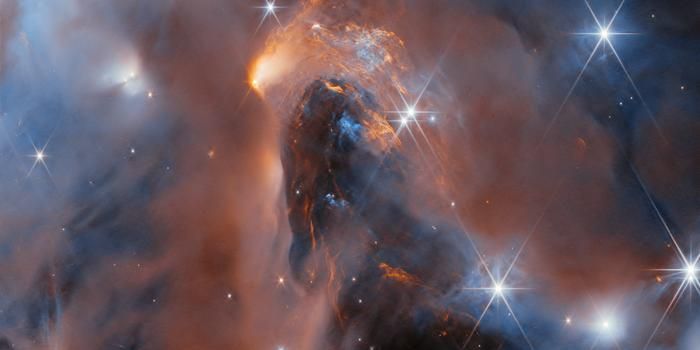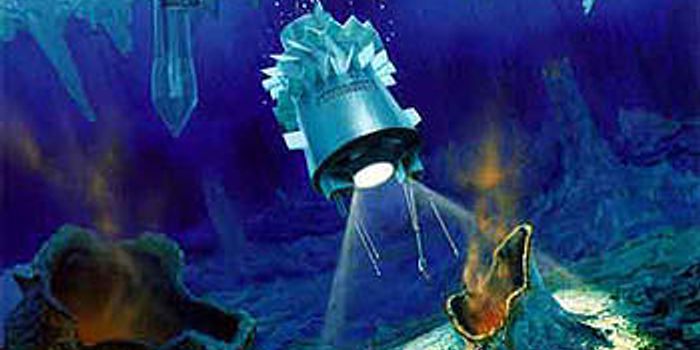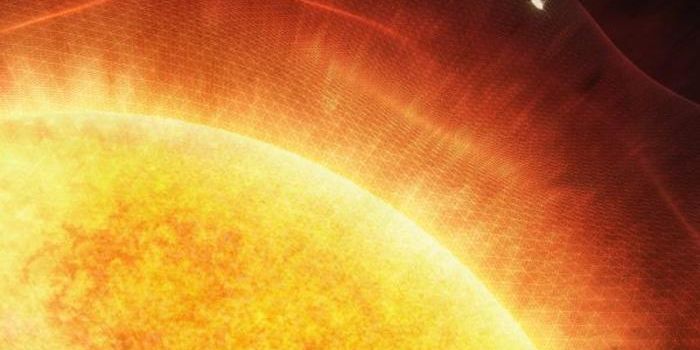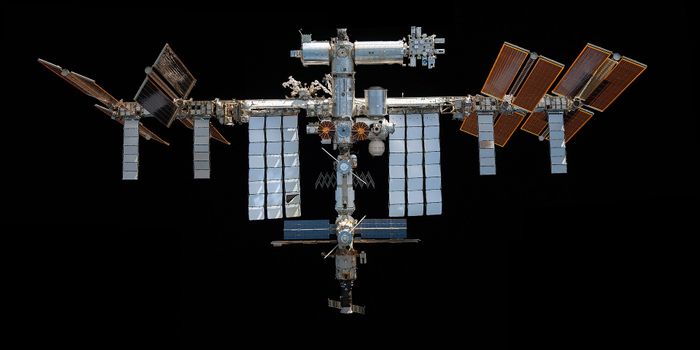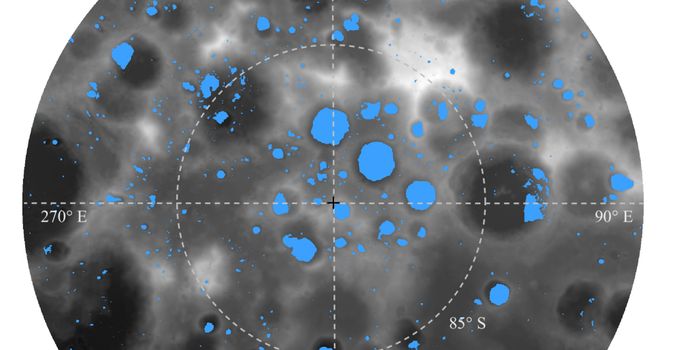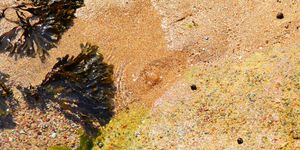Astronomers Spot Exposed Planetary Core for First Time
For the first time, astronomers have spotted a planet with an exposed core. Known as TOI-849b, the finding could help us better understand how planets form and how they evolve.
TOI-849b was detected by NASA's Transiting Exoplanet Survey Satellite (TESS), launched to orbit Earth in April 2018. So far, it has discovered over 50 planets outside of our solar system, alongside over 2000 yet-to-be-confirmed planetary-suspects.
According to observations with TESS, TOI-849b, located in the orbit region known as the 'Neptunian desert', is extremely close to its host star- and thus able to complete one lap of it every 18 hours. At two to three times the size of Neptune, and at around 39 Earth masses, its surface temperature is an estimated 2,780 degrees Fahrenheit (or 1,530 degrees Celsius).
"We would expect a planet this massive to have accreted large quantities of hydrogen and helium when it formed, growing into something similar to Jupiter. The fact that we don't see those gases lets us know this is an exposed planetary core," says David Armstrong, the lead author of the study reporting TOI-849b's exposed core. "This is the first time that we've discovered an intact exposed core of a gas giant around a star."
Why exactly TOI-849b's core is exposed is a mystery. One possibility is that the planet was a gas giant in the past but somehow lost its atmosphere. Due to the planet's orbital location, the researchers say that although its orbital location in proximity to its host star is intense, it's not enough to strip away a part of the gas giant's atmosphere.
"I think the key clue is that TOI-849b lies in the Neptunian desert, which hints at a rare history. That suggests to me one of the more unusual or aggressive pathways, perhaps tidal disruption or an impact during the formation process, but we need more study to be sure." says Armstrong.
Sources: Space.com, Science News


